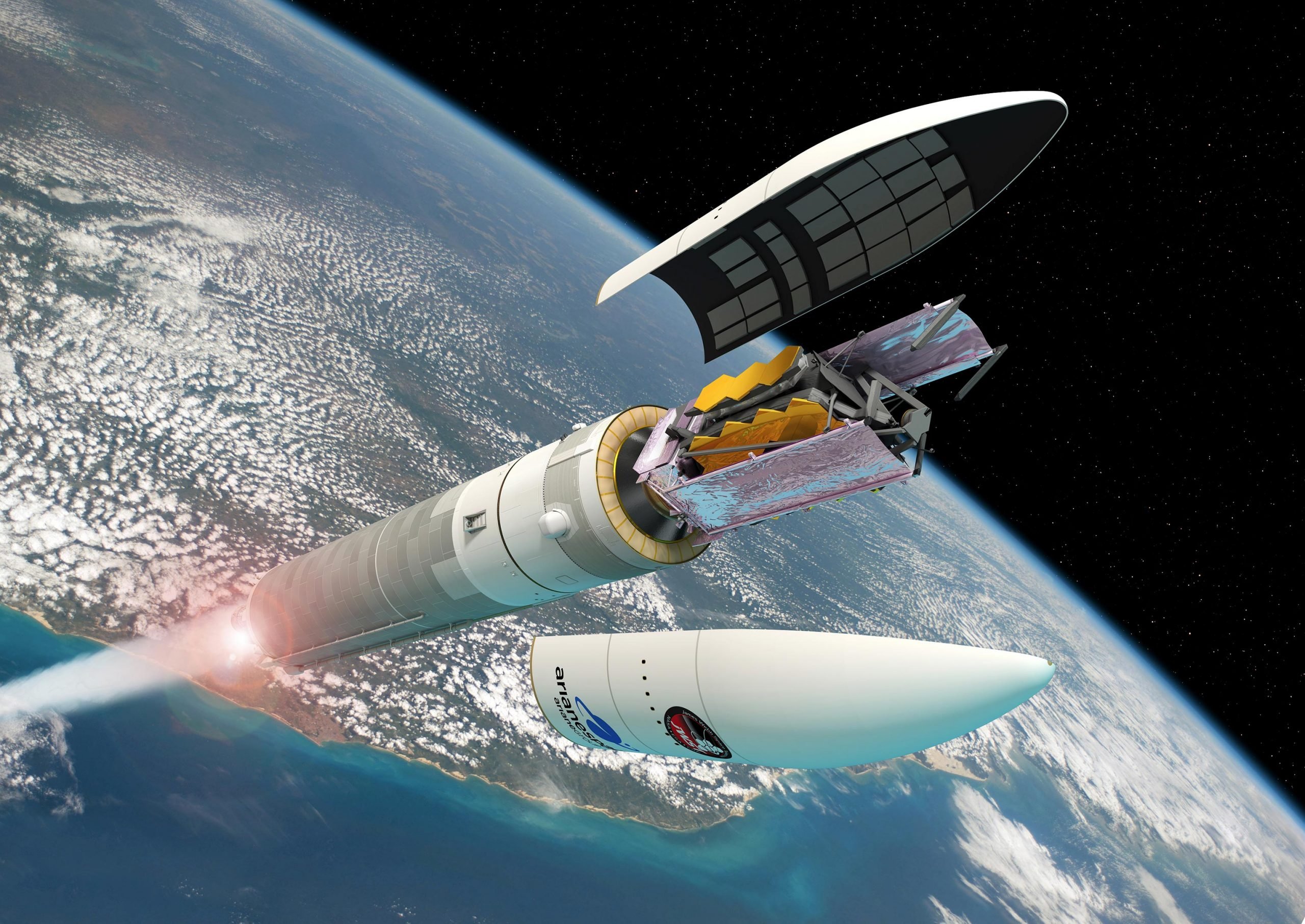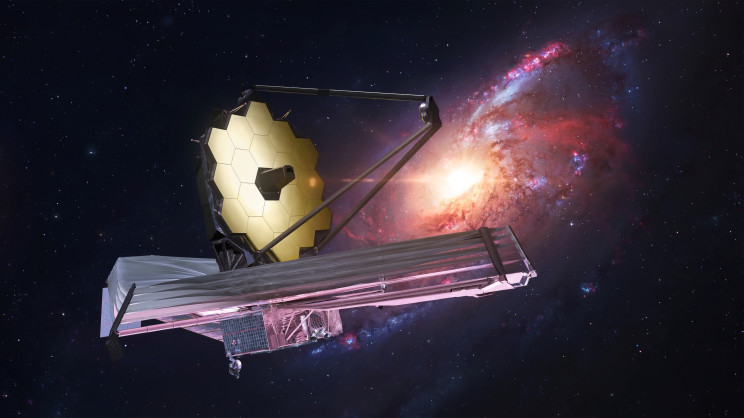Life on other planets has remained a source of considerable concern for humanity. Celestial bodies have a practically little prospect. On the other hand, investigating celestial objects – planets outside our solar system – tests the limitations of our technology, at least in the short term being. Some investigations on planetary systems have been undertaken in the latest generations, and one has been discovered to contain an atmosphere comparable to that of Earth.

As per NASA, the James Webb Telescope is now one vital step closer to delivering us with the finest knowledge regarding the possibility of life on planetary systems. In a world-first, NASA’s Ames Research Institute in California’s Silicon Valley plans to carry out research on exoplanets using the James Webb Space Telescope. Naturally, as the study’s globe scope broadens, so does the complexity. “The variety of planets we’ve observed throughout the galaxy much surpasses the number of planets within our own solar system,” said Natasha Batalha, a research scientist at Ames and a co-investigator on multiple Webb studies. “In our planetary system, we have inner rocky realms and outer gas planets — but the most abundant exoplanets we observe are the rocky ones.”

Baltaha’s crew will explore 11 worlds among the in-between planets. Their goal is to gain a fundamental understanding of how these outer planets developed and developed in order to determine whether such planets have atmospheres or are capable of supporting life. There is still plenty to learn about the Earth, much alone the celestial system. However, understanding something about exoplanets might help us better understand the chances for habitability and lead to improved approaches and paths in our space research. The European Space Agency, which donated two of the four onboard scientific equipment, is in charge of deploying the telescope. NASA is responsible for the majority of the project’s expenditures. As a result, JWST is set to lift out from ESA’s tropical space center in French Guiana as soon as December 24—its penultimate Earthly point of call while floating further than the reach of most people’s hands.

This huge launch site has been excavated from the northern Amazonian rainforest. Parts of the spaceport are so isolated that jaguars may be seen slithering along deserted highways. The enticing sounds of tropical birds are frequently stronger than the hammering frameworks that prepare humanity’s weapons for their trips to the stars within the vast, enormous structures where missiles are manufactured.


